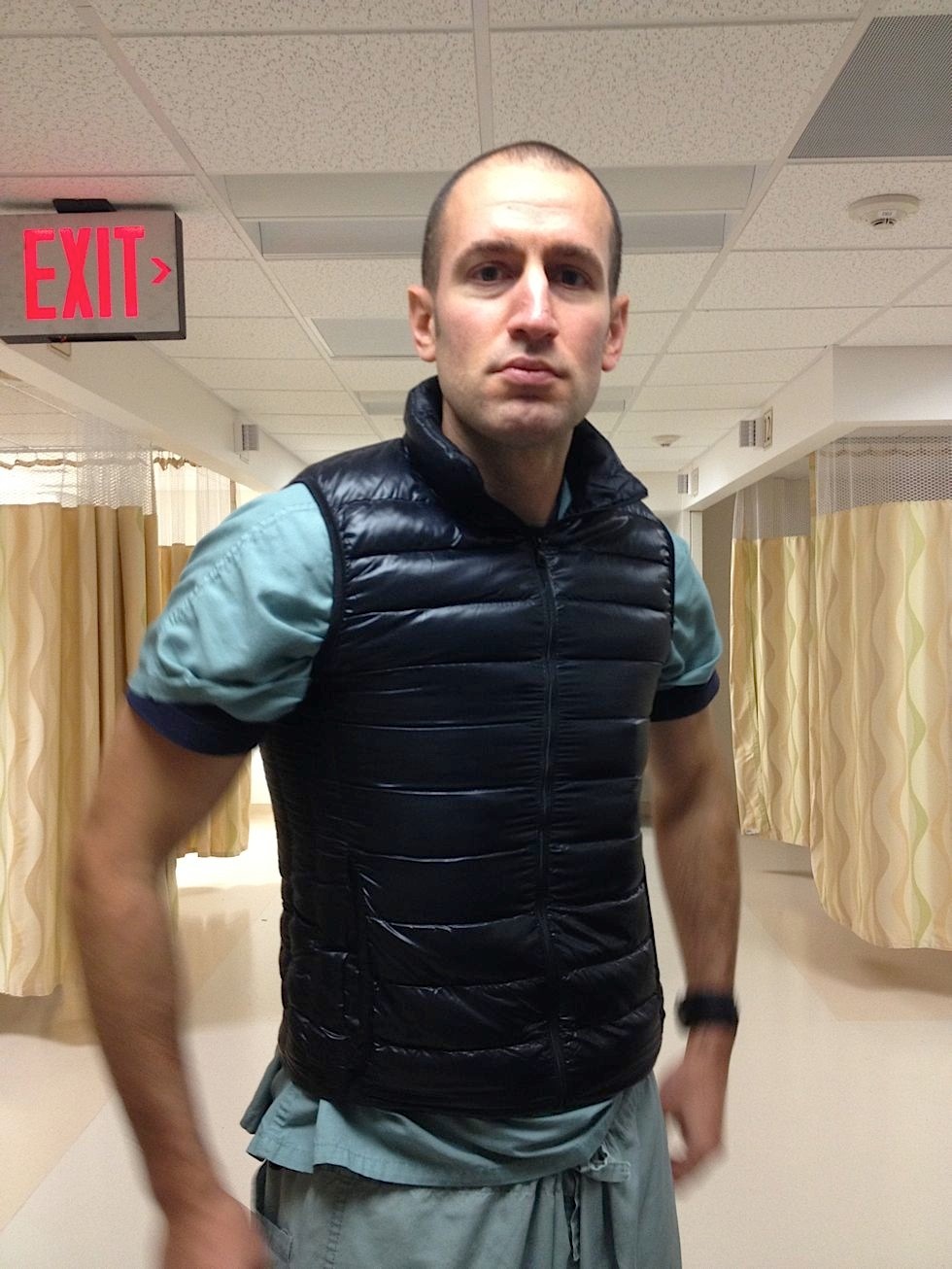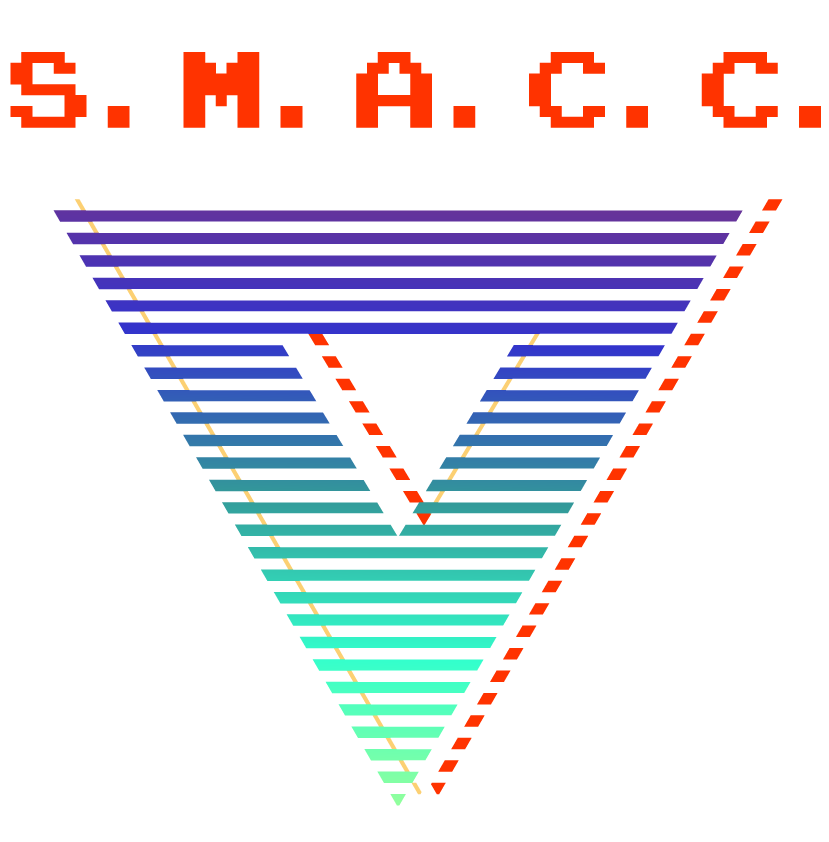
Bio
Reuben Strayer was born on the shores of Lake Michigan but raised and schooled in Texas until emigrating to balmy Montreal for a residency in emergency medicine and is now based in New York City. His clinical areas of interest include airway management, analgesia, opioid misuse, procedural sedation, agitation, decision-making and error. His extra-clinical areas of interest include sweeping generalizations and jalapeno peppers. He lures himself out of bed with chocolate dipped in peanut butter before heading to Maimonides Medical Center, in Brooklyn, where he is happily employed.
“Neuropharmacology”: The one (and only) “Special K” + a whirlwind tour of re-coagulating the anti-coagulated patient
SMACC BRAIN (EMERGENCY MEDICINE): NEXT LEVEL NEURO RESUS FOR THE ED
Discover why “Special K”, aka ketamine, really is special and the role it plays in neurocritical care. Not only a useful anaesthetic agent, ketamine is emerging as a drug with multifaceted uses in the neuro population. Maintaining respect for its pharmacological properties and side effects will allow the prescriber to embrace its benefits and minimise adverse events. On the other hand, re-coagulating the anti-coagulated neuro patient is fraught with systemic hurdles, haematologists, large costs and often undesirable results. A whirlwind overview of what is available, and the “who, when and where” of administering reversible agents for anticoagulated patients will also be covered in this neuropharmacology talk.
3Rs of Sexual Assault in Critical Care
Day 1
Sexual assault affects 1 in 3 women and 1 in 6 men during their lifetime worldwide. It is more common than most medical issues we are trained to look for, despite this being a patient population we are going to see by virtue of the “anyone, anytime†nature of emergency and critical care. Generous estimates find than only 20% of survivors present for medical care and may not disclose this initially in their visit. Look for it during public holidays, large parties or concerts, college or university frosh week, particularly in young women. Other scene awareness clues that a sexual assault may have occurred include: sedation that does not match the substances taken or clinical level seen, ripped or missing clothing, or being separated from their group.
Documenting your suspicions and findings is key – as this chart is more likely to go to court, but not for 2 years. Direct quotations of what was said by the patient or EMS, body diagrams for what was found, and your clinical decision making are the essentials. Physical findings may be absent or minimal – this does not mean that no assault took place! The discussion that you had with the patient around further treatment and legal options needs to be recorded.
Care of a sexually assaulted patient is complex and can have long-lasting detrimental psychological effects if not done well. Referral to a specialized care program to bridge the gap between medical and legal in a patient-centred trauma-informed manner is best. Treating survivors with belief, support and humanity as you assist them with making an informed decision as to the next steps in their care is vital as a first step in healing.
A Chance at Recovery and An Opportunity to Lead: ED-MAT and the Opioid Crisis
SMACC EMERGENCY MEDICINE UPDATES CONGRESS
The rising death toll from our nation’s opioid epidemic has been rivaled in modern history only by that at the peak of the AIDS epidemic in the early 1990s. Consider, in 1995 at the peak of the AIDS epidemic, 51,000 Americans died from the disease. In 2015, 52,000 died from drug overdoses. Emergency departments have stood at the front lines of both crises. As a specialty that prides itself on rising to the occasion at times of great need, our time to lead on this crisis is now. As a response, EDs nationwide are expanding their roles in the care of patients with opioid use disorder (OUD), and many have begun ED-MAT programs. In December of 2017, we launched the Get Waivered Campaign which aimed to get our physicians the DEA X waivers needed to be able to prescribe ED-MAT(buprenorphine) to patients coming to our hospital seeking recovery. In May of 2018, our ED instituted its first ED-MAT protocol and while greater than 90% of our attending physicians had their DEA-X waivers and were able to prescribe buprenorphine, we found that there remained an opportunity to increase the rate of MAT initiation in our ED. Through semi-structured interviews we set out to examine the barriers to providers’ use of our MAT initiation protocol and patients’ willingness to seek help in obtaining OUD treatment in our ED. Our work has identified multiple barriers, affecting both providers and patients, that have limited wide-scale early adoption of our protocol. The barriers identified from our ED-MAT program’s first year of operation, and the interventions aimed at making the use of our ED-MAT protocol as effortless as possible may serve as useful lessons as other hospitals seek to lead by operationalizing their own ED-MAT programs.
A Creative Life
GET CREATIVE
Everyone has the potential to live a creative life – As healthcare professionals, how might we do so? In this talk Grace Leo chats about what creativity is and what it might look like in various areas of our lives. She also interviews Hugh Montgomery; a climate change advocate, story book author and guiness world record holder for playing the piano underwater.
Abdominal trauma, Measles, Aspirin and Why the Time for Ultrasound is Now
Day 3
Health care providers who phantom or “quick look” ultrasound examine are causing the viral spread of an epidemic, which we can minimize by responsibly utilizing ultrasound in patient care and by implementing the coaching that artificial intelligence provides. Current trends in point-of-care ultrasound and how the health care provider community can respond are described: 1. Phantom or “Quick look” scanning. 2. Faculty credentialing and learning ultrasound. 3. Artificial intelligence technology in ultrasound machinery image acquisition and interpretation. I discuss the phantom or “quick look” scan and how correcting this behaviour can only come from yourself. Second, I describe my experience with faculty credentialing: being told to learn ultrasound on your own or even being given a faculty credentialing ultrasound education plan generally does not work. I describe the passive and active ways to acquire training. You should not rely upon herd immunity. Finally, I discuss how errors in human judgement will occur. Ultrasound machinery with artificial intelligence components are increasingly available for image acquisition and pattern recognition so human errors are increasingly minimized.
Adrenaline in cardiac arrest is dead, what next?
RESEARCH DARK ARTS
Adrenaline (epinephrine to some people) has been used as a treatment for cardiac arrest for decades despite equivocal evidence about its safety and effectiveness. The PARAMEDIC2 trial, (www.warwick.ac.uk/paramedic2 and https://www.nejm.org/doi/full/10.1056/NEJMoa1806842) enrolled 8014 patients with out of hospital cardiac arrest in the UK. Patients were randomised to receive standard dose adrenaline (1mg every 3-5 minutes) or placebo. The trial showed that adrenaline was effective at restarting the heart and more patients were admitted to hospital. Overall survival was low consistent with other studies and registry data. Outcomes were worse the longer the patient was in cardiac arrest. 0.8% more patients were alive at 30 days in the adrenaline group (number needed to treat (NNT) 112). The trial did not find evidence that long term neurological outcomes improved. Our 2019 Cochrane review reports that other vasopressor strategies were no more effective for improving long term outcomes (high dose adrenaline or vasopressin improved short term survival but not longer term outcomes).
So how should we interpret these trials and what are the implications for clinical practice?
My first take home message is that these trials highlight the importance of the community response to cardiac arrest and the first parts of the chain of survival. Much better outcomes occur with early access (NNT 11), early CPR (NNT 15) and early defibrillation (NNT 5).
For patients who do not respond to these initial treatments, my second take home message is that those responsible for healthcare policy should engage with the communities they serve to consider the balance the benefits and burdens of treatment with vasoactive drugs.
Finally, the trials highlight the overall poor outcomes from cardiac arrest and emphasise the need for further research – particularly for patients who do not respond to initial treatment with CPR and defibrillation. Attention should focus not only on how to restart the heart but how to preserve the brain and improve patient centred outcomes.
Applying research in the Nuro ICU; Marketing and Branding; follow up after critical illness
SMACC BRAIN (ICU): NEXT LEVEL NEURO ICU RESUS
Ashley Liebig & Reuben Strayer – Road to Resus
Day 1
Road to Resus is a patient experience taking place over a period of three days. The patient will move thru the challenging and chaotic environments of prehospital, the emergency department and intensive care department. Each day there will be a series of decision points in the care of this patient. Experts will speak to the decision point and in many cases, debate the merits of choosing one pathway or intervention over another. The audience will then vote on the appropriate intervention for the patient and the story will progress. This program will debate the latest evidence in emergency medicine and critical care with the passionate experts and researchers from around the globe. Don’t miss it!
Back-end of sepsis: de-escalating & de-resusciating
SMACC INTENSIVE CARE UPDATES
Sepsis clinical practice guidelines focus on the early management of sepsis during the first 24 hours after hospital presentation. However, with advances in critical care, most patients survive the early phases of sepsis, most survive hospitalization, and many go on to experience poor longer-term outcomes. Greater antibiotic exposure and volume overload have been associated with worse long-term outcomes-specifically with recurrent sepsis and disability. On the flip side, there is increasing data that shorter antibiotic courses are effective. Nonetheless, many patients receive prolonged treatment with broad-spectrum antibiotics and are not treated with diuretics despite frank volume overload in the aftermath of sepsis. Both clinical and biomarker trajectories may be used to guide antibiotic de-escalation and fluid de-resuscitation.
Being flexible: when building EM becomes improving primary care
Day 3
I share how setting up an emergency department at a public tertiary hospital resulted in contributing to improving a district primary care system improvement program in Malawi. The linkage between performance of a health system can affect the community’s health seeking behaviour is discussed. Insight to how improving patient care pathways can assist in creating patient centred efficient and effective emergency care provision will be shared.
